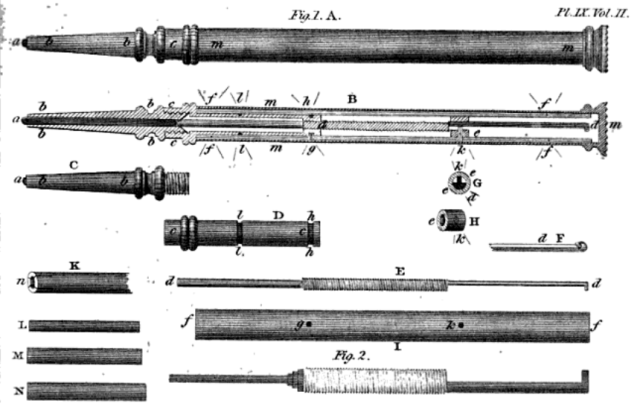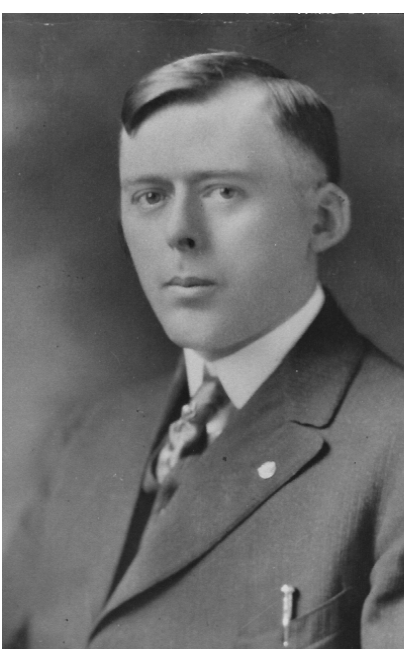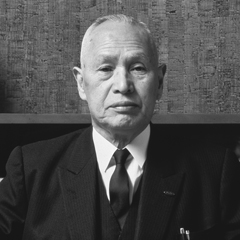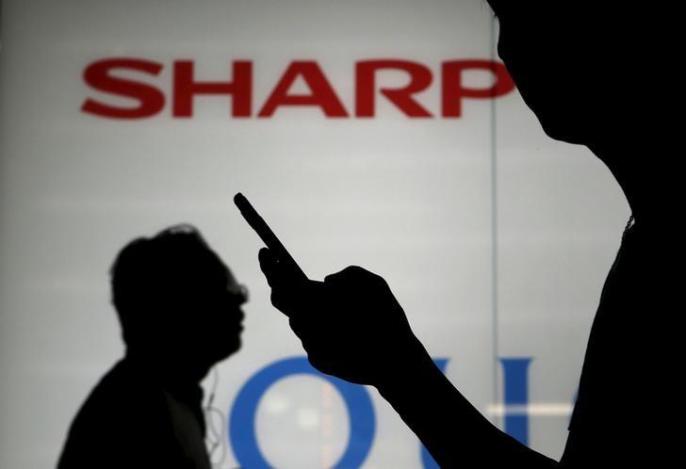Hayakawa Tokuji
All Hail the Mechanical Pencil and its Lasting Legacy

By Ken Zurski
In 1822 the first patent for a lead pencil that needed no sharpening was granted to two British men, Sampson Mordan and Isaac Hawkins. A silversmith by trade, Mordan eventually bought out his partner and manufactured the new pencils which were made of silver and used a mechanism that continuously propelled the lead forward with each use. When the lead ran out, it was easily replaced.

While Mordan may have marketed and sold the product as his own, the idea for a mechanical pencil was not a new one. In fact, its roots date back to the late 18th century when a refillable-type pencil was used by sailors on the HMS Pandora, a Royal Navy ship that sank on the outer Great Barrier Reef and whose artifacts, including the predated writing utensil, were found in its wreckage.
Mordan’s design notwithstanding, between 1822 and 1874, nearly 160 patents for mechanical pencils were submitted that included the first spring and twist feeds.
Then in 1915, a 21-year old factory worker from Japan named Hayakawa Tokuji designed a more practical housing made of metal and called it the “Ever-Ready Sharp.”
Simultaneously in America, Charles Keeran, an Illinois businessman and inventor, created his own ratcheted-based pencil he similarly called Eversharp.

Keeran claimed individuality and test marketed his product in department stores before submitting a patent. The pencil was so popular that Keeran had trouble keeping up with orders. So to help with production, he partnered with the Wahl Machine company out of Chicago. It was not a good fit. Keeran lost most of his stock holdings in a bad deal and was eventually forced out even though his pencils were making millions annually in sales.
“Built for hard work. Put it on your working force. With no wasteful whittling, no loss of time, it is positive economy,” the ads for the Wahl Eversharp touted. “It’s made with the precision of a wrench.”

Around the same time, in Japan, Tokuji’s factory was leveled by an earthquake.
Tokuji lost nearly everything in the disaster including some members of his family. So to start anew and settle debts he sold the business, began making radios instead, and founded a company that turned into one of the largest manufacturers of electronic equipment in the world.
He named it Sharp after the pencils.

